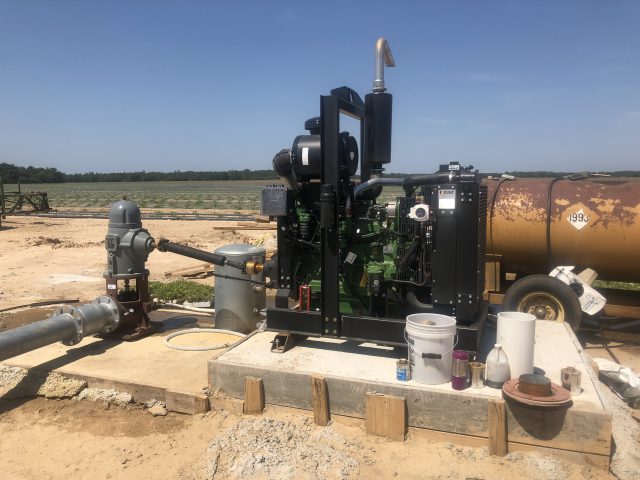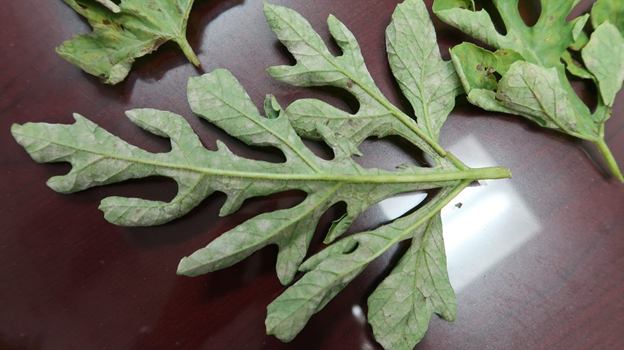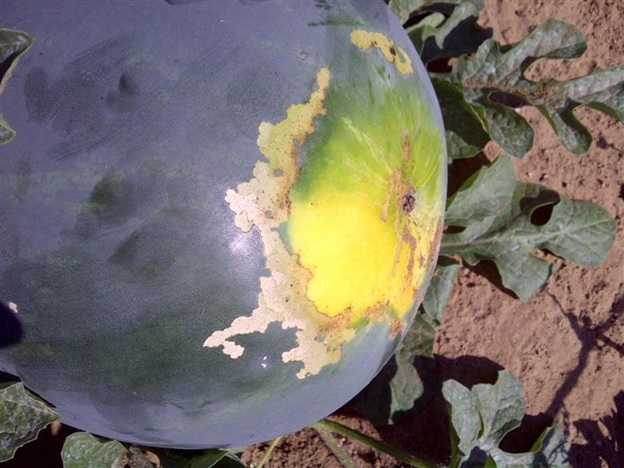Bob Hochmuth, Regional Specialized Extension Agent- Vegetable Crops – Published April 23, 2023
Welcome to the 2023 growing season, weekly issue of the UF/IFAS Extension Suwannee Valley Watermelon Crop Update. These updates are summarized by Bob Hochmuth, Regional Specialized Extension Agent- Vegetable Crops, with input from Suwannee Valley Extension Agents: Mark Warren (Levy), Tyler Pittman (Gilchrist), Tatiana Sanchez (Alachua), Luke Harlow (Bradford), Jay Capasso (Columbia), Dan Fenneman (Madison), Keith Wynn (Hamilton), Emily Beach (Lafayette), Jim Devalerio (Union), De’Anthony Price (Jefferson), Bob Hochmuth (for vacant Suwannee position), Kevin Athearn (RSA-Agri- business), and Sudeep Sidhu (RSA- Water Resources). If you know someone who wants to be added to this weekly notice, contact your Extension Agent or Mark Warren (352-949-8288) if you want to be added to the regional watermelon group text app.
–
Irrigation needs intensifying
–
Last week brought rapid crop growth, little to no rain, bright sunlight, relatively low humidity, and windy conditions; all contributing to high evapotranspiration resulting in significant increases in water demand. Most fields were already needing a second irrigation event per day, but this upcoming week will bring many/most other fields to that same need. I have looked at many soil moisture sensor data sets over the past week and see where farmers have tried to keep up with only one event per day by increasing from 2 to 3 to 4 hour events or even longer. This is not a good plan! What happens is a full saturation of the upper 2-3 feet of soil and the latter part of those very long events leaching out below the root zone. The other thing that happens is the upper 12-15 inches dries very quickly after the long event is completed, often well before tomorrow’s irrigation event. For example, you will make much better use of the irrigation water and fertilizer injections if you split one long 3-4 hour long event into two shorter events of 1.5 hours each. Guaranteed!!!! The soil moisture sensors data backs this up. (Bob Hochmuth)
–
Disease and insect update
We just are not seeing much disease infection across the region, because it has been so dry with plenty of air movement. We are submitting samples as we find something of concern and are waiting for results back on a couple isolated situations, but nothing major has been found. This is simply the kind of weather where powdery mildew becomes our primary concern, even though it has not been confirmed yet.
–
Powdery mildew is very difficult to cure if it gets well established. Therefore, we encourage you to add Quintec or Procure to a broad spectrum fungicide like Manzate or Penncozeb to stay ahead of powdery mildew. We will continue to monitor fields for other pathogens as well. Many fields are well advanced and harvest is targeted to be May 10-15 for the earliest fields.
In the early fields, preventative rindworm sprays should have been initiated and other later fields should be started soon. The two primary insecticides with relative safety to bees include Intrepid and Coragen in rotation. Read the labels for all use precautions. (Bob Hochmuth)
- 2024 Watermelon Season Wrap Up - June 21, 2024
- Weekly Watermelon Update – June 3 - June 7, 2024
- Weekly Watermelon Update #10 – May 20 - May 24, 2024



